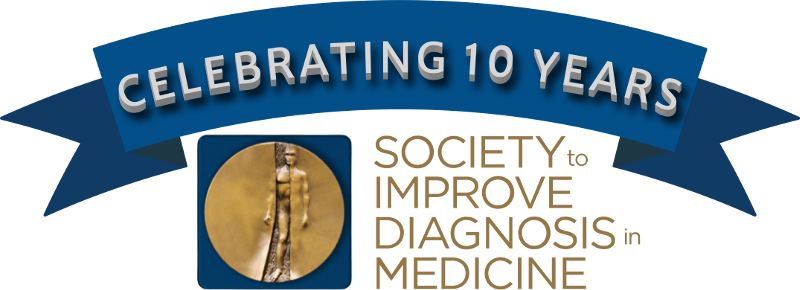History of SIDM: Milestones in Improving Diagnosis
While much has changed since SIDM was incorporated in 2011, our vision of creating a world where no patients are harmed by diagnostic error remains the same. SIDM’s efforts to raise awareness, improve practice, and inform policy have altered how national, state, and local health leaders and providers work to find solutions that improve diagnostic safety and quality, reduce harm, and ensure better health outcomes for patients.
Take a look back at some of SIDM's milestones over the first 10 years.
-
2005
-
2006
-
2008
-
2011
-
2012
-
2014
-
2015
-
2015
-
2016
-
2017
-
2017
-
2018
-
2018
-
2018
-
2019
-
2020
-
2021

In this Issue:
The Story of SIDM's Logo
The SIDM logo is an artistic rendition of a commemorative medal crafted by the gifted and prolific Portuguese artist Irene Vilar (1931 – 2008). The original medal was designed for the 4th Congresso Nacional de Medicina in Lisbon, 1980.
The ‘half-veiled man’ conveys the inherent uncertainty of the diagnostic process, and the constant quest to clarify truth in science, medicine, and diagnosis.
